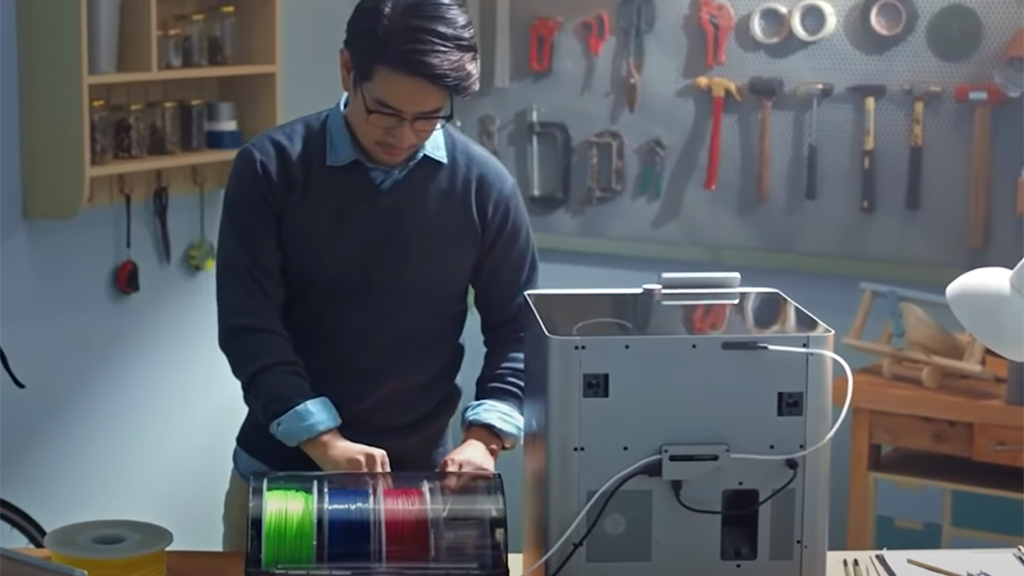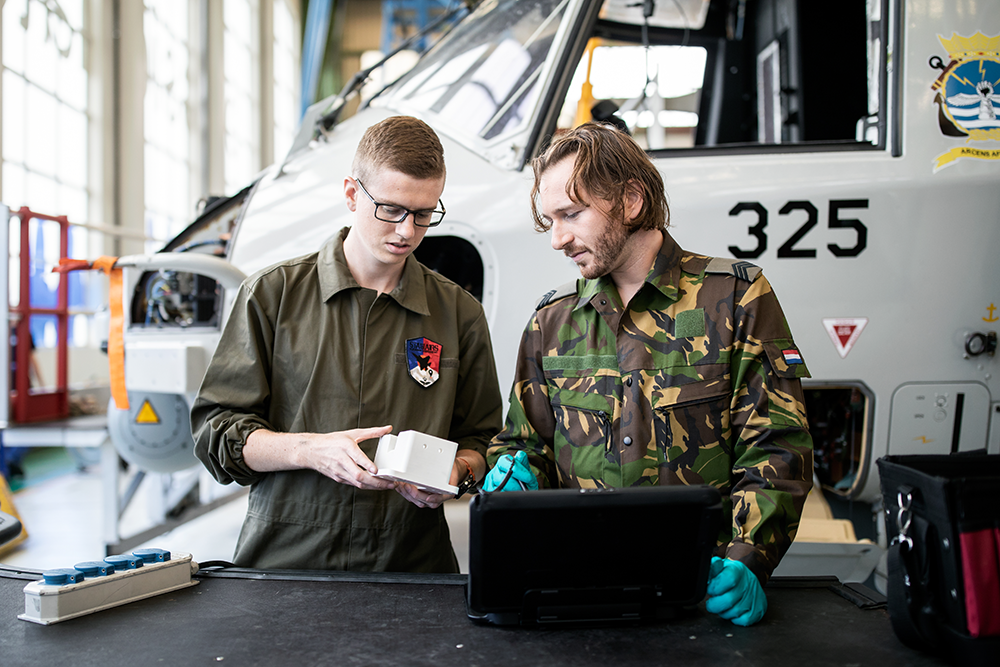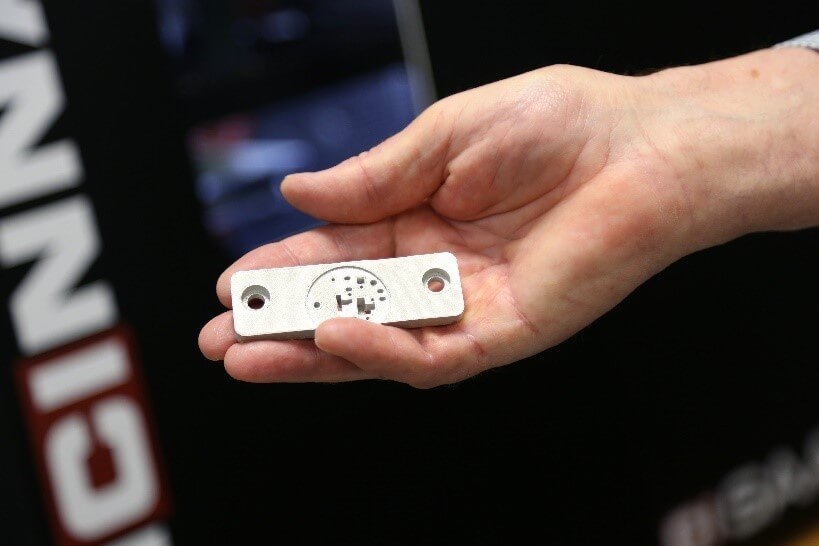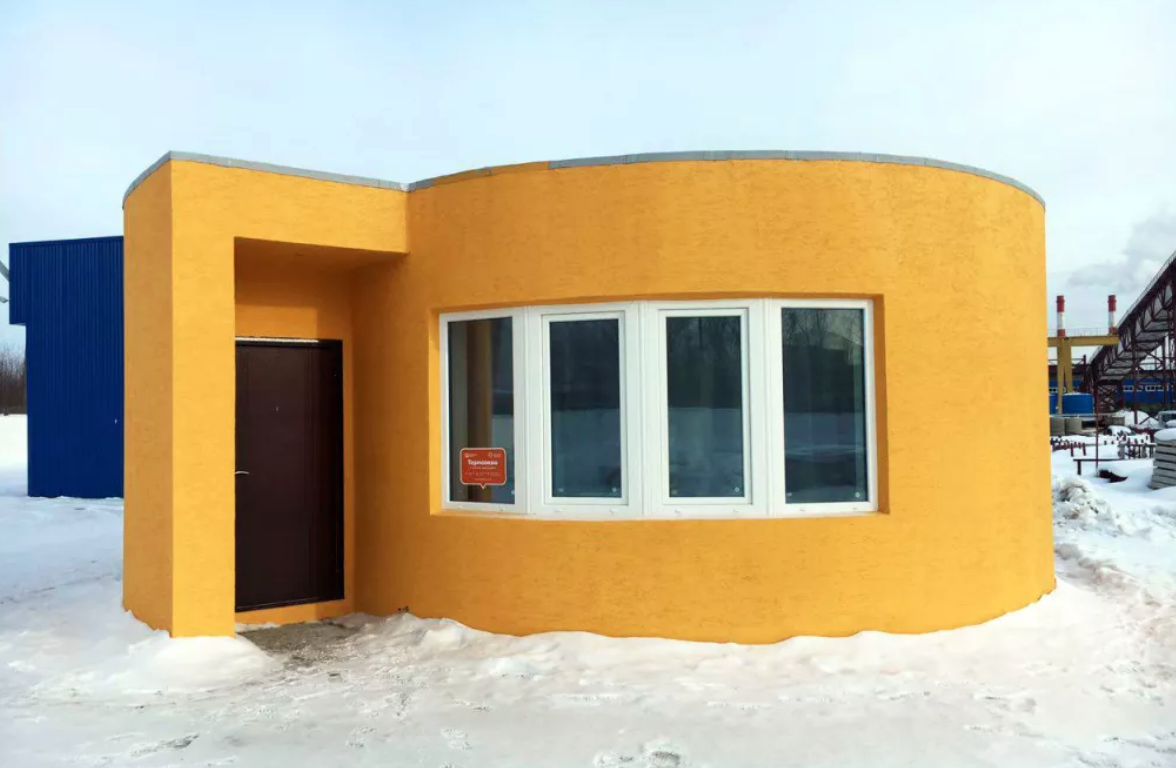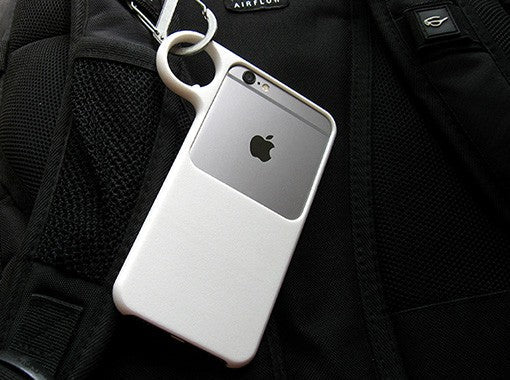3D Printing: Shaping the Conversation on Sustainability
June 08, 2023

“There’s a great future in plastics.” Really?!
In 1967 when I saw The Graduate (13 times), I laughed heartily every time at this ironic exchange:
Mr. McGuire: I want to say one word to you. Just one word.
Benjamin: Yes, sir.
Mr. McGuire: Are you listening?
Benjamin: Yes, I am.
Mr. McGuire: Plastics.
Benjamin: Exactly how do you mean?
Mr. McGuire: There’s a great future in plastics. Think about it. Will you think about it?
Ben is disillusioned with his parents’ lifestyle and their expectations for him. In this memorable scene in a swimming pool, Mr. McGuire shares with Ben his belief that the future is in plastics.
At that time, the general public (of which I was a young part) got that reference to plastics as a reference to something merely . . . well, tacky and phony like the world of Ben’s parents. I hardly saw it as the shape of the future.
Yet here we are in the future, and 3D printing technology is helping people in all walks of life and at all ages in small and in dramatic ways, helping animals, transforming industry and our world. Much of that industry is happening in plastics. A conversation I laughed at for its irony I can now see as prophetic.
As a newbie to 3D printing and confronted every day with environmental concerns about the plastic we discard, one of my first questions was about sustainability.
It turns out there’s way more to the picture than roll after roll of plastic filament stretching into the distant future. In fact, the 3D printing industry is already becoming a significant force in its contribution to the conversation on sustainability even as many begin to work on the factors that could contribute to making 3D printing anti-sustainability.
Can 3D printed plastics protect the environment?
The question of sustainability with regard to 3D printing doesn’t result in simple and clear-cut answers despite lots of enthusiasm for potentialities.
Some focus on the ways 3D printing can contribute to sustainability. Others point to ways 3D printing may have features that mitigate against sustainability, among them that currently, it requires quite a bit of electrical energy in its process. Of course, there are questions about adding to the plastic load in the world.
I looked at 3 aspects of the 3D printing industry to understand how it might contribute to a sustainable future:
- The nature of the process, that is, how 3D printing works
- Concepts related to sustainability that are coming out of 3D print technology
- Current projects that are contributing to sustainability
There is so much going on, but I’ve selected just a very few recent stories in each category.
Two Ways 3D printing works and how they contribute to a sustainable future
Anything that can be designed and 3D printed removes from the equation the energy involved in transportation.
One of the things that 3D print designers love about this technology is that an idea can be generated on one side of the world, put into code, transmitted in nano-seconds to the other side of the world and produced on-site for review, evaluation and adjustments. These adjustments can be returned to the designer via the internet.
Not only has this technology created new collaboration possibilities, it has created a completely new design and manufacturing model that eliminates or greatly reduces geographical and related time and energy considerations.
Anything that can be designed and 3D printed can reduce waste.
The old model for manufacturing was to produce a mass of items in the hope they would sell. The new model for manufacturing is to 3D print exactly what has been sold or is needed.
In addition, 3D printing is additive. Instead of taking a pile of material, using what is needed and dealing with a remainder as in traditional manufacturing . . . material is added in layers exactly as needed without the cutaway waste.
There are disclaimers: one is that many 3D projects require supports that are discarded after manufacture. Smart developers are producing new solutions to this and other problems every day.
Three Concepts from 3D printing that contribute to sustainability
Modeling (Rapid Prototyping). The possibility of creating models during the planning stage saves time, energy and material in every area of endeavor, from medicine to city planning to agriculture to food and much more.
“Most current 3D printers are not used to create final consumer products. Rather, they are generally employed for rapid product prototyping, or to produce moulds or mould masters that will in turn allow the production of final items. Such printing of 3D objects already enables engineers to check the fit of different parts long before they commit to costly production, architects to show detailed and relatively low-cost scale models to their clients, and medical professionals or archaeologists to handle full-size, 3D copies of bones printed from 3D scan data. There are also a wide range of educational uses.”
Circularity. Plastic items (PLA and ABS plastic waste) can be turned into filament for printing new items. Alternatively, the plastic from failed prints can be recycled to print another item.
Going local. Items that typically involve manufacturing or harvesting in distant locations and shipping can be 3D printed as locally as in your own home.
“This new paradigm could change the meaning of “going local.” With consumers printing at home, emissions from transporting finished products could fall. Future printing with locally recycled feedstock could substantially reduce emissions from shipping raw materials as well. This create-on-demand model is also much more efficient than mass-producing and shipping potentially unwanted, excess items, and could eventually cut down on the need for product packaging.”
Two Current practical applications contributing to sustainability
Plastic Waste (recycling and repurposing).
Plastic Bank. This is a project I love — a recycling project that is so much more than recycling! Not only does this project work to reduce the impact of plastic on our environment, but it also empowers the deeply disadvantaged in the process.
From TechRepublic: “Society does not fully value plastic. That’s the idea behind the Plastic Bank, which calls for harvesting and repurposing plastic, turning it into a valuable currency.”
RecycleBot. Closer to home, literally: we have printers that are the first step toward recycling and repurposing plastic waste in our own homes! RecycleBot turns old plastic milk bottles and more into filament and new objects.
I’m not yet going to list these 3D food printed applications as current and practical because they are in early experimental stages, but someday it will be possible for those who eat meat to eat it without the tremendous toll on our environment and our fellow creatures.

Here’s one last useful food idea I want to watch: Edible Growth, by food and concept designer Chloé Rutzerveld. The project is described in her blog and in CNet.
Imagine the impact on our environment and on nutritionally disadvantaged populations when these 3D printed applications toward a more sustainable future are fully realized.
Follow us on Twitter (@3dprintingisfun) and like us on Facebook. Subscribe to this blog, or visit us at shop3duniverse.com.
More 3D Universe blog posts:
Learn about e-NABLE, the global volunteer community that’s 3D printing limbs for people in need HERE…
My Cyborg Beast 3D Printed Prosthesis: Assembly and Testing post can be found HERE…
Check out my post titled “Man Compares His $50 3D Printed Hand to His $42K Prosthesis” HERE…
